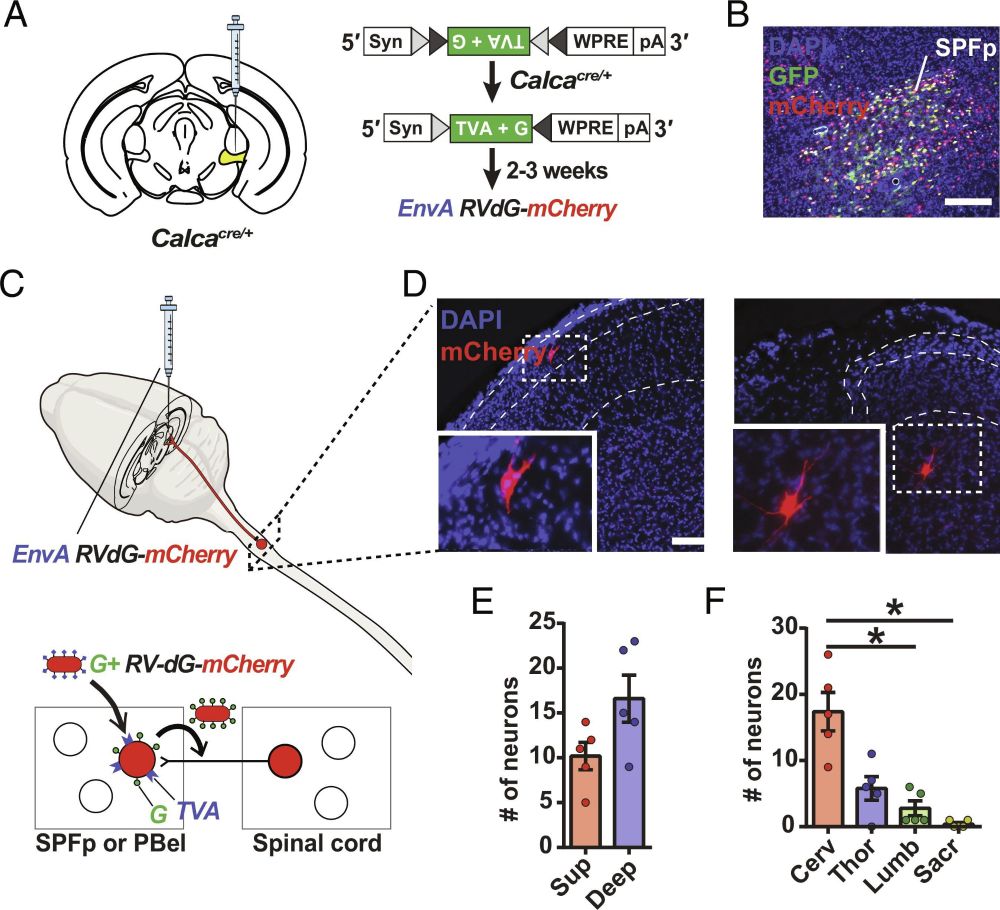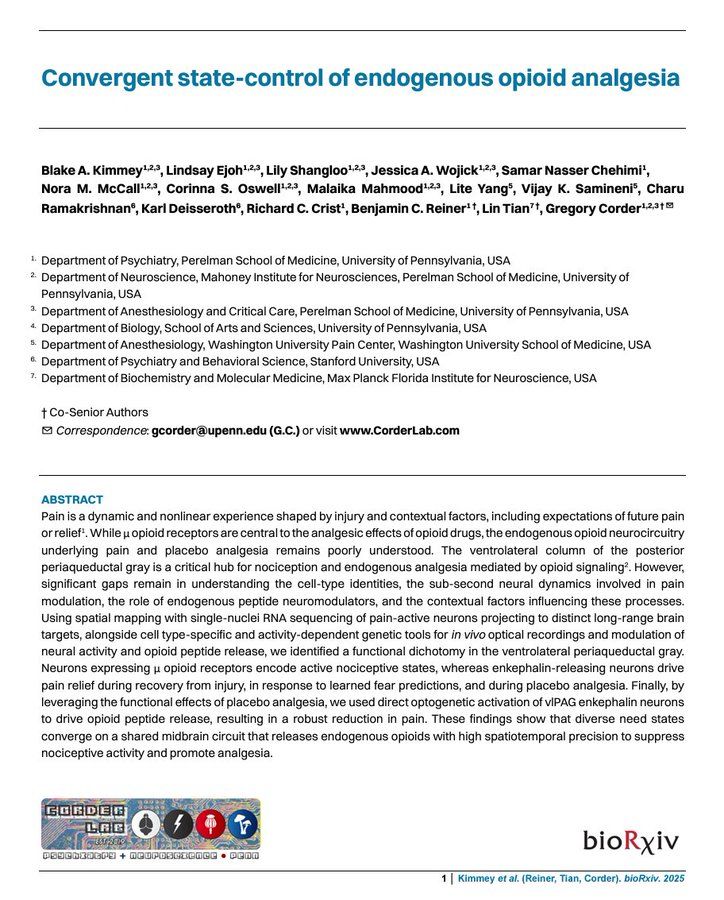Studying neuropeptidergic circuits that mediate emotional & physiological homeostasis.

www.sciencedirect.com/science/arti...

www.sciencedirect.com/science/arti...
Led by Ling-Xiao Shao and @ItsClaraLiao
Funded by @NIH @NIMHgov
📄 Read in @nature.com - www.nature.com/articles/s41...
1/12

Led by Ling-Xiao Shao and @ItsClaraLiao
Funded by @NIH @NIMHgov
📄 Read in @nature.com - www.nature.com/articles/s41...
1/12
Convergent state-control of endogenous opioid analgesia
We uncover how cognitive + contextual factors—like injury, fear, and placebo—modulate pain through dynamic opioid signaling in the periaqueductal gray (PAG)
biorxiv.org/content/10.1...

Convergent state-control of endogenous opioid analgesia
We uncover how cognitive + contextual factors—like injury, fear, and placebo—modulate pain through dynamic opioid signaling in the periaqueductal gray (PAG)
biorxiv.org/content/10.1...


www.nature.com/articles/s41...

www.nature.com/articles/s41...


